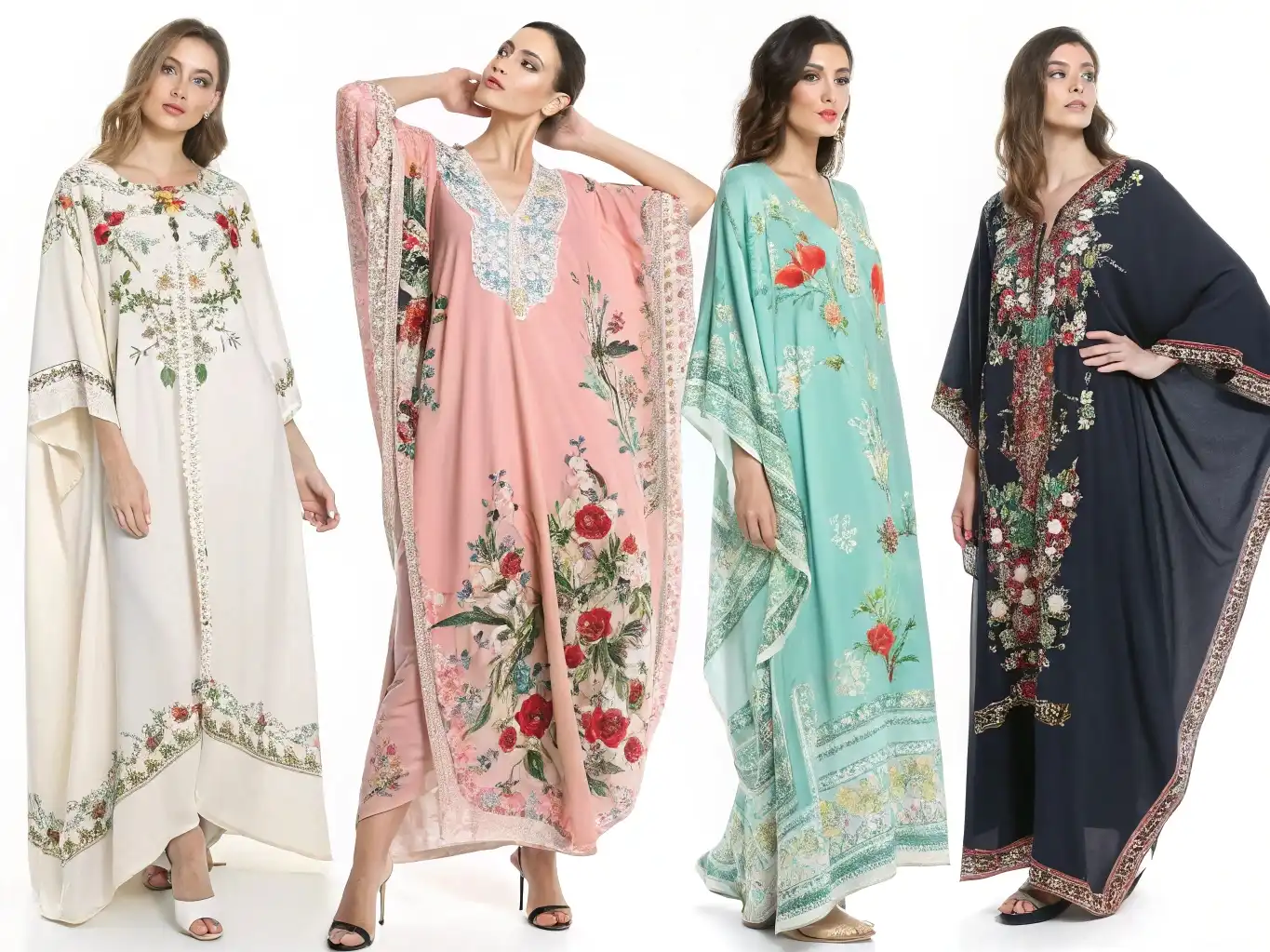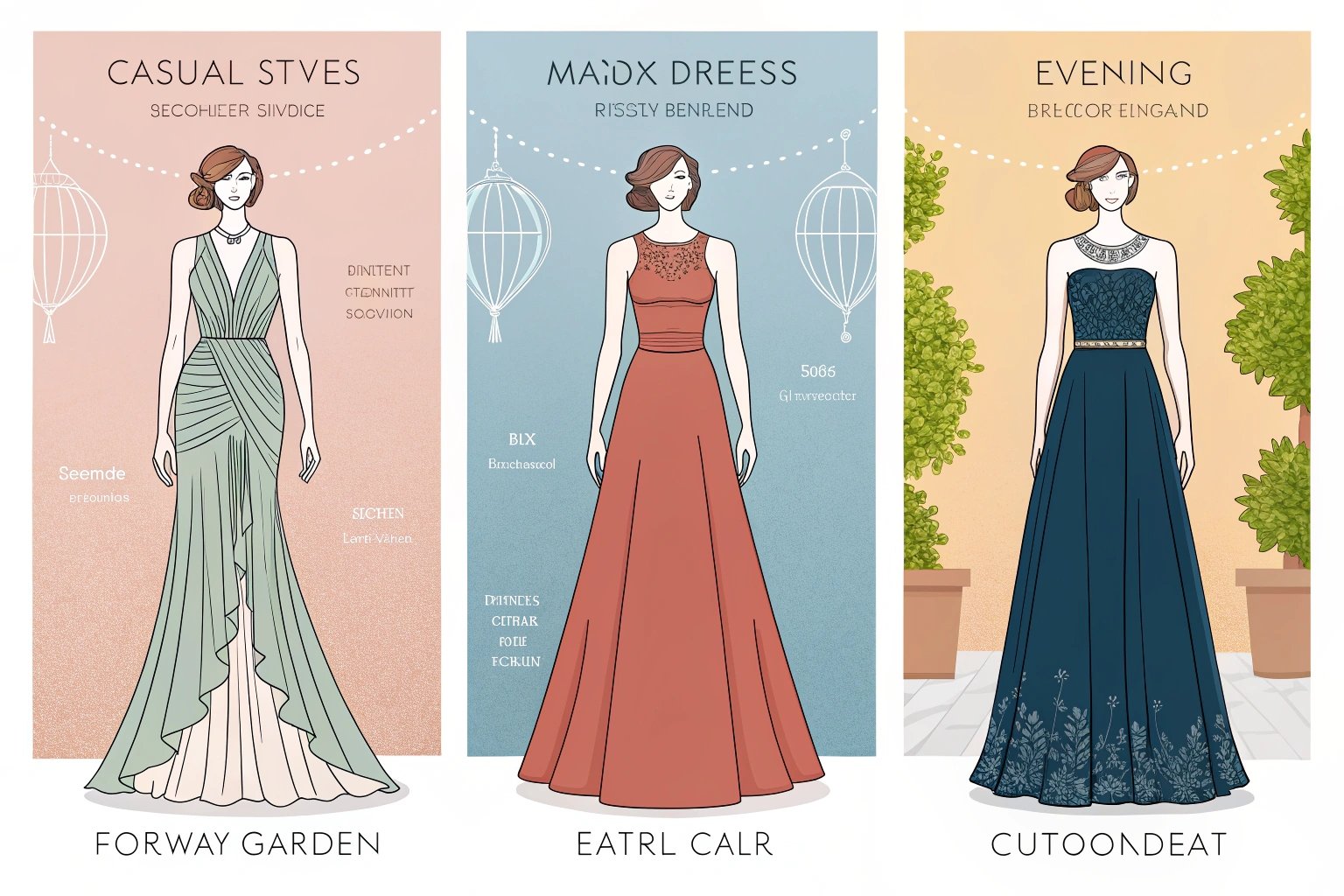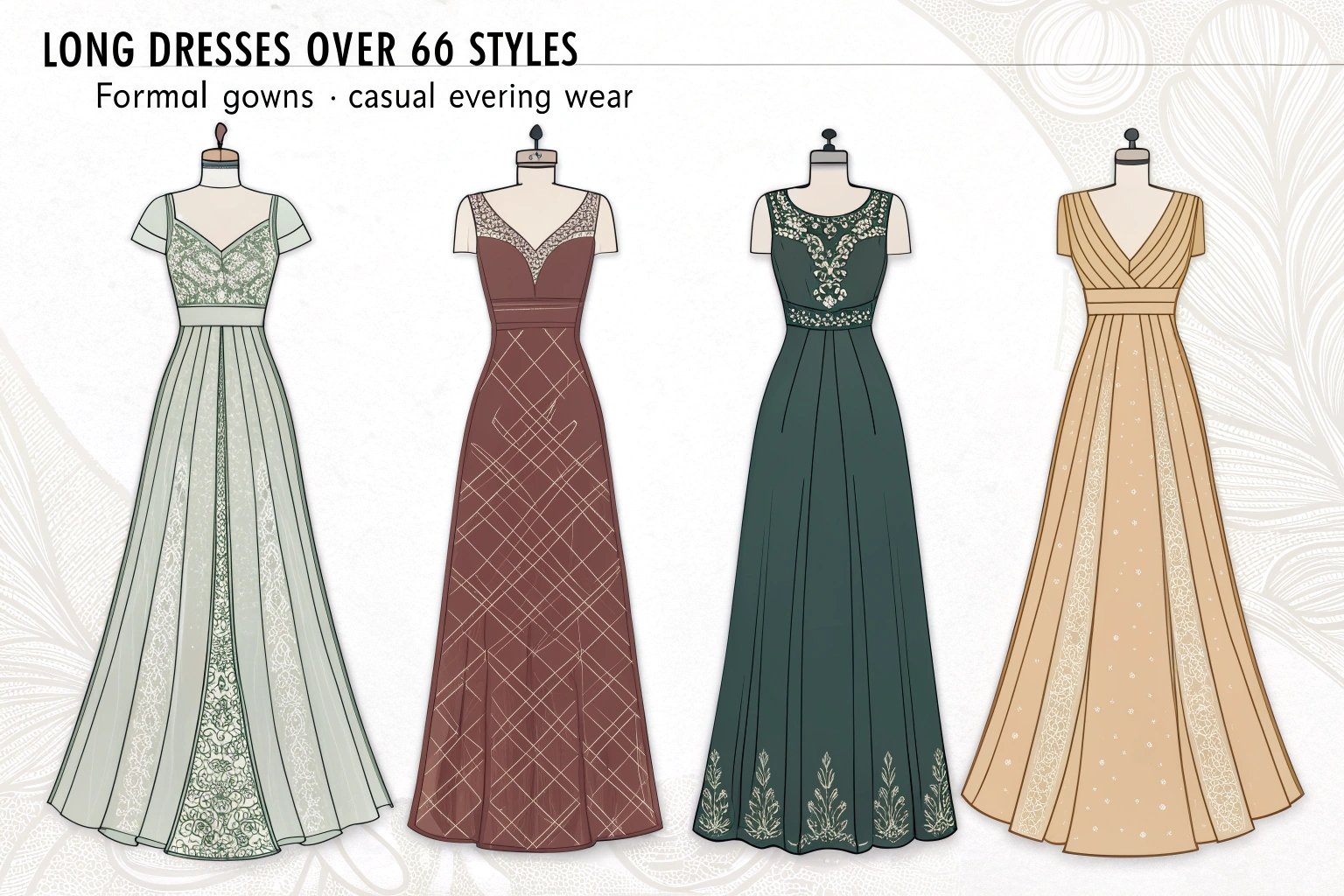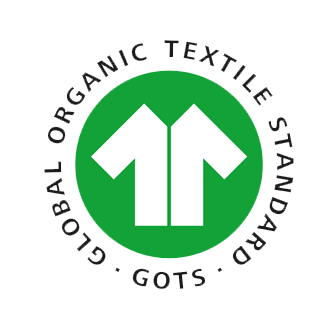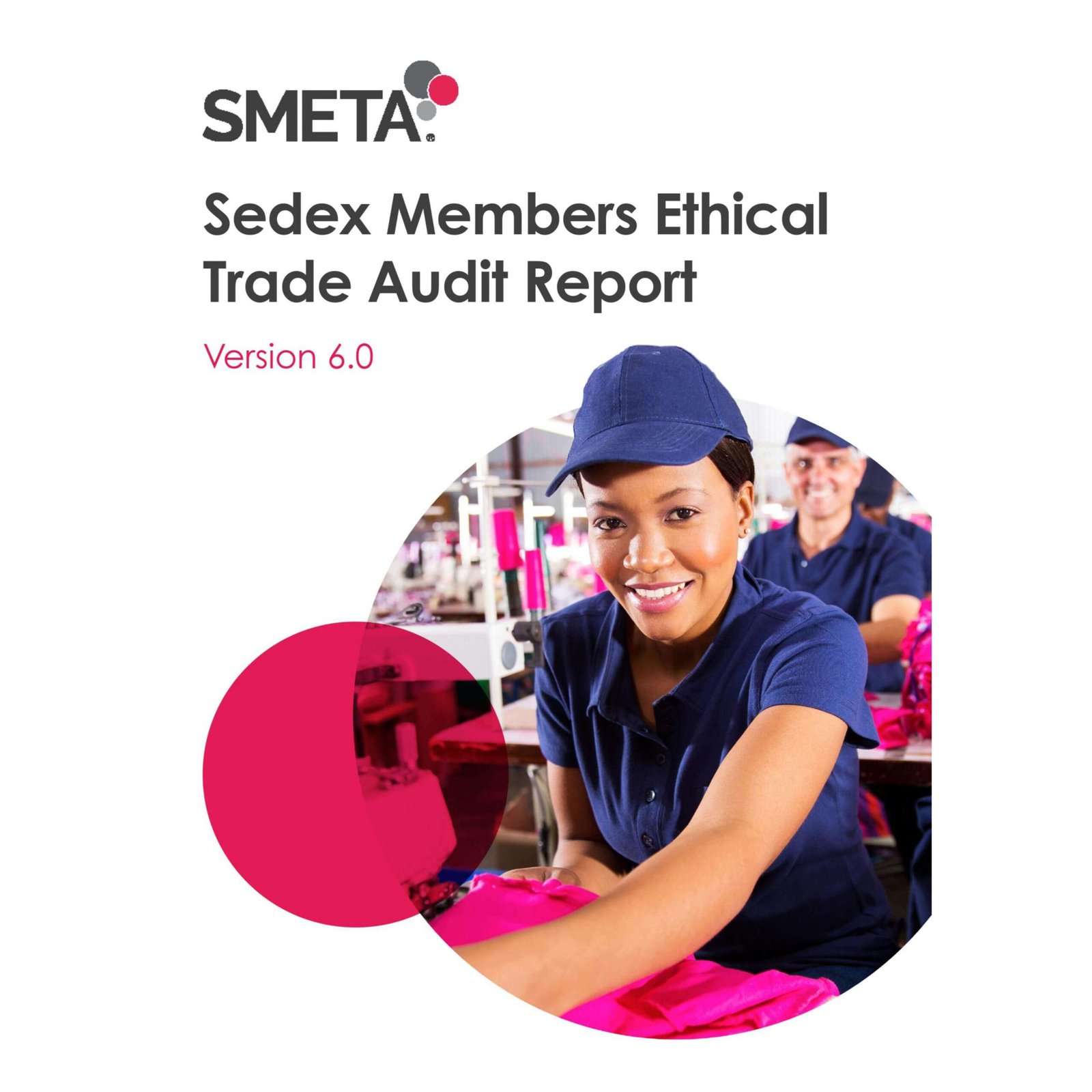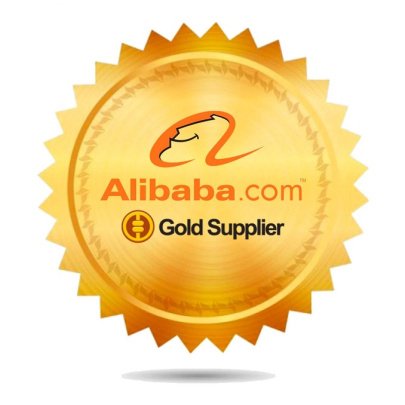Starting a fitness clothing brand is a rewarding venture, but it requires significant investment and careful budgeting. From brand creation to production and marketing, understanding the various costs involved is essential for ensuring your brand’s success. Partnering with sports clothing manufacturers is a key part of this journey, as they play a critical role in the quality and cost of your products.
In this article, we will walk you through the costs associated with starting a fitness clothing brand, including manufacturing expenses1, hidden costs, and ways to minimize expenses while scaling your business.
What Are the Initial Costs to Start a Fitness Clothing Brand?
The first step in launching your fitness clothing brand is understanding the initial costs, which can vary depending on your business goals and size. These early-stage expenses include business registration2, brand identity development, and setting up a professional online presence.
Properly budgeting for these initial costs will help set a strong foundation for your brand and ensure smooth operations from the start.
 Designer Reviewing Clothing Designs
Designer Reviewing Clothing Designs
Initial costs to start a fitness clothing brand:
| Expense | Estimated Cost Range | Description |
|---|---|---|
| Business Registration & Legal Fees | £300 – £1,500 | Register your business and handle legal setup like trademarks and licenses. |
| Brand Identity Creation | £1,000 – £5,000 | Design your logo, color schemes, brand story, and voice to differentiate yourself. |
| Website Development | £500 – £5,000 | Build a professional e-commerce website with payment processing capabilities. |
How Much Should You Budget for Business Registration and Legal Fees?
Before launching your fitness clothing brand, you’ll need to take care of legal and registration expenses. These may include trademarking your brand, registering as a legal business entity, and potentially consulting with a lawyer to ensure all legal requirements are met.
A solid legal foundation is vital to protect your brand and prevent potential legal issues down the road.
| Legal Expense | Estimated Cost Range | Why It’s Essential |
|---|---|---|
| Business Registration | £50 – £300 | Officially registering your business ensures legitimacy and protection. |
| Trademarking | £100 – £500 | Protects your brand name, logo, and designs from infringement. |
| Legal Consultations | £100 – £1,000 | Legal advice ensures you meet local regulations and avoid disputes. |
What Are the Costs for Creating a Brand Identity and Website?
Creating a strong brand identity and building a website are essential to attracting customers. Your brand identity is the first impression you give, while a website serves as your online store and marketing tool. Investing in professional services for logo design, color schemes, and website development3 helps make your brand credible and easy to find.
These costs help you establish a professional and recognizable brand in the market.
| Branding Expense | Estimated Cost Range | Why It’s Important |
|---|---|---|
| Logo Design & Branding | £500 – £3,000 | A well-designed logo and brand identity will help establish trust and recognition. |
| Website Development | £500 – £5,000 | An e-commerce website is essential for selling products online and building a customer base. |
How Do Sports Clothing Manufacturers Impact the Cost of Starting a Fitness Clothing Brand?
The choice of sports clothing manufacturers has a significant impact on the costs of your fitness clothing line. Costs will vary depending on the manufacturer’s location, the fabrics used, and the complexity of your designs.
Choosing the right manufacturer ensures your products meet quality standards and your production costs remain manageable.
How manufacturers impact costs:
| Manufacturing Expense | Estimated Cost Range | Description |
|---|---|---|
| Production Samples | £100 – £1,000 | Sample designs to evaluate fabric, fit, and product quality. |
| Minimum Order Quantities (MOQ) | £1,000 – £10,000 | Manufacturers typically require a minimum order, which affects initial costs. |
| Unit Cost for Manufacturing | £5 – £50 per unit | Varies depending on materials, customization, and order volume. |
What Are the Average Costs of Manufacturing with Sports Clothing Manufacturers?
Manufacturing costs depend on several factors, including the type of athletic wear you’re producing (e.g., leggings, sports bras, t-shirts), fabric choice, and design customization4. Bulk orders often reduce per-unit costs, but smaller orders can increase the price per unit.
Knowing your expected costs allows you to plan production more effectively and avoid overspending.
| Manufacturing Cost | Estimated Price per Unit | Why It Varies |
|---|---|---|
| Basic Apparel (T-Shirts, Shorts) | £5 – £15 | Simple designs and materials are generally more affordable to produce. |
| Performance Activewear (Leggings, Jackets) | £15 – £50 | Custom designs, high-performance fabrics, and more complex garments increase costs. |
How Do Fabric and Design Customization Affect Manufacturing Costs?
The fabric you choose for your athletic clothing line can drastically affect your manufacturing costs. Performance fabrics like moisture-wicking materials, compression textiles, and eco-friendly options may be more expensive. Additionally, the complexity of your designs, including custom logos, patterns, and embroidery, can increase production costs.
Balancing fabric choice5 and design customization allows you to create high-quality products while staying within budget.
| Customization Factor | Estimated Cost Range | Why It Impacts Price |
|---|---|---|
| Fabric Choice | £5 – £20 per unit | Premium fabrics like organic cotton, spandex, and merino wool increase costs. |
| Design Customization | £1 – £10 per unit | Logos, prints, and embroidery add to the cost due to extra work involved. |

What Are the Hidden Costs When Starting a Fitness Clothing Brand?
In addition to the obvious costs, there are hidden expenses that can quickly add up, such as shipping, packaging, and marketing. These additional costs need to be factored into your overall budget to avoid surprises later on.
Accounting for hidden costs early on ensures that your business operations are smooth and that your profit margins aren’t negatively impacted.
Hidden costs when starting your brand:
| Hidden Cost | Estimated Cost Range | Description |
|---|---|---|
| Shipping & Packaging | £2 – £10 per unit | Shipping fees for delivery and packaging materials for customer orders. |
| Marketing & Advertising | £500 – £5,000 per month | Costs for digital ads, influencer campaigns, and product photography. |
How Do Shipping, Packaging, and Distribution Costs Add Up?
Shipping and packaging are crucial expenses that are often overlooked in the early stages of budgeting. These costs can vary depending on your chosen distribution model (e-commerce vs. retail), shipping destinations, and the packaging materials used.
Optimizing these costs can improve profitability and ensure your customers receive products on time.
| Distribution Cost | Estimated Cost Range | Why It’s Essential |
|---|---|---|
| Shipping Costs | £2 – £10 per unit | Shipping fees depend on the carrier, delivery method, and destination. |
| Packaging Materials | £0.50 – £3 per unit | Packaging materials like boxes and tissue paper can add up, especially for larger orders. |
What Are the Marketing and Advertising Costs to Promote Your Fitness Brand?
Marketing and advertising are essential for getting your fitness clothing brand noticed. Digital marketing strategies, social media advertising, influencer collaborations, and traditional marketing campaigns all require budget allocation.
Effective marketing strategies ensure your products reach the right audience and increase brand visibility.
| Marketing Expense | Estimated Cost Range | Why It’s Important |
|---|---|---|
| Social Media Ads | £300 – £5,000 per month | Running targeted campaigns on Instagram and Facebook. |
| Influencer Partnerships | £500 – £10,000 | Collaborating with fitness influencers to boost visibility and credibility. |
How Can You Minimize Costs When Working with Sports Clothing Manufacturers?
One of the best ways to reduce costs is by working smartly with your manufacturers. Starting with smaller orders, sourcing local manufacturers, and negotiating better terms can help you save money while still producing high-quality products.
Taking strategic steps in the early stages of production can lower initial costs and increase profitability.
Minimizing manufacturing costs:
| Strategy | Estimated Cost Range | Why It Helps Save Money |
|---|---|---|
| Smaller Order Quantities | £1,000 – £10,000 | Reduces the risk of excess inventory and allows for more manageable production costs. |
| Working with Local Manufacturers | £2,000 – £15,000 | Local manufacturers help reduce shipping costs and shorten production timelines. |
Can You Start with Smaller Orders or Local Manufacturers to Save on Costs?
Starting with smaller orders allows you to test your designs and products with lower upfront costs, without committing to large production runs. Additionally, working with local manufacturers reduces shipping and lead times, which can improve cash flow.
Smaller orders and local sourcing help minimize initial costs and ensure quality control.
| Strategy | Estimated Savings | Why It Works |
|---|---|---|
| Small Order Quantities (MOQ) | £500 – £2,000 per order | Lower upfront investment, allowing you to manage risk and demand. |
| Local Manufacturing | £500 – £5,000 | Decreases logistics costs and increases production flexibility. |

How Do You Negotiate for Better Pricing with Sports Clothing Manufacturers?
Negotiating effectively with your manufacturer can help you secure lower prices, better terms, and more favorable production conditions. Consider negotiating volume discounts, longer-term agreements, or flexibility on MOQs to reduce costs.
Negotiating better terms ensures you get maximum value for your investment.
| Negotiation Tactic | Estimated Savings | Why It Works |
|---|---|---|
| Long-Term Partnership | £1,000 – £5,000 in the first year | Manufacturers often offer better pricing for long-term relationships. |
| Bulk Orders | £500 – £2,000 per order | Larger orders typically come with lower per-unit prices. |
What Are the Ongoing Costs for Running a Fitness Clothing Brand?
Running a fitness clothing brand isn’t just about startup costs. There are ongoing expenses, such as inventory management, marketing, and restocking, that you must account for to ensure sustainable growth.
Understanding your ongoing costs will help you budget effectively and ensure the long-term success of your brand.
Ongoing costs for running a fitness clothing brand:
| Ongoing Expense | Estimated Cost Range | Description |
|---|---|---|
| Inventory Management | £500 – £5,000 per month | Managing inventory levels and ensuring stock is available. |
| Restocking & Reordering | £2,000 – £20,000 per cycle | Regularly replenishing stock to maintain sales and fulfill orders. |
How Much Should You Budget for Inventory Management and Restocking?
Inventory management involves tracking and replenishing stock to meet demand. As your business grows, you’ll need to ensure that you always have popular items in stock, which may require regular restocking and forecasting.
Effective inventory management helps prevent stockouts or overstocking issues that can hurt profitability.
| Inventory Expense | Estimated Cost Range | Why It’s Important |
|---|---|---|
| Inventory Software | £50 – £300 per month | Helps keep track of inventory levels and manage orders efficiently. |
| Restocking | £2,000 – £20,000+ per cycle | Keeps popular items available and ensures customer satisfaction. |
What Are the Long-Term Financial Considerations as Your Brand Grows?
As your fitness clothing brand grows, so will your expenses. These may include the costs of expanding your product line, increasing marketing efforts, and scaling production. Long-term financial planning ensures you can maintain profitability as you scale.
Planning ahead for growth ensures your business can scale smoothly without sacrificing quality or customer satisfaction.
| Growth Expense | Estimated Cost Range | Description |
|---|---|---|
| Marketing Spend | £1,000 – £10,000 per month | Larger campaigns help you expand your customer base. |
| Production Scale-Up | £10,000 – £100,000 | Larger production runs reduce per-unit costs but require upfront investment. |
Conclusion
Starting a fitness clothing brand involves several key expenses, from business registration to finding the right sports clothing manufacturers, designing your products, and effectively marketing your brand. Understanding the costs involved—both initial and ongoing—will help you make informed decisions that set your brand up for success.
By budgeting wisely, minimizing hidden costs, and negotiating effectively with manufacturers, you can build a strong foundation for your brand. As your business grows, maintaining efficient inventory management, expanding your product line, and continuing to market strategically will help you scale while preserving quality and profitability.
With careful planning and strategic partnerships, your fitness clothing brand can thrive in a competitive market. Best of luck as you embark on this exciting venture!
-
Learn about the various manufacturing expenses to better budget for your clothing brand. ↩
-
Find out the necessary steps to legally register your clothing brand and ensure compliance. ↩
-
Get insights into the costs and considerations for developing an effective e-commerce website. ↩
-
Learn about the importance of design customization and its impact on costs. ↩
-
Explore how different fabrics can affect your production costs and product quality. ↩


